

Articles
What Material To Use For A Picnic Blanket
Modified: March 2, 2024
Choose from a range of high-quality articles for your picnic blanket. Find durable and comfortable materials perfect for outdoor adventures.
(Many of the links in this article redirect to a specific reviewed product. Your purchase of these products through affiliate links helps to generate commission for Storables.com, at no extra cost. Learn more)
Introduction
When planning a picnic, one essential item to have is a picnic blanket. A picnic blanket not only provides a comfortable and clean surface to sit on but also adds to the overall experience of enjoying a meal in the great outdoors. However, choosing the right material for your picnic blanket is crucial for both durability and functionality.
There are various factors to consider when selecting the material for your picnic blanket. These factors include durability, comfort, portability, and resistance to stains and moisture. Additionally, you may want to consider the aesthetic appeal and ease of cleaning. By understanding the different materials available, you can make an informed decision that best suits your needs.
In this article, we will explore different picnic blanket materials, their pros and cons, and how they can enhance your picnic experience. Whether you prefer a traditional cotton blanket, a water-resistant polyester option, or a cozy fleece fabric, there is a perfect material out there for you.
Key Takeaways:
- Choose a picnic blanket material based on your specific needs and preferences, considering factors such as durability, comfort, portability, and resistance to stains and moisture. Each material offers unique benefits to enhance your outdoor experience.
- Whether you prefer the comfort of cotton, the durability of polyester, the water resistance of nylon, the coziness of fleece, or the sustainability of natural fibers, there is a perfect picnic blanket material for every outdoor adventure. Consider the climate, location, and frequency of use to select the best option for your needs.
Read more: What To Use As A Picnic Blanket
Factors to Consider When Choosing a Picnic Blanket Material
Before diving into the specifics of each material, let’s first discuss the important factors to consider when choosing a picnic blanket material.
- Durability: A picnic blanket should be able to withstand regular use, especially in outdoor environments. Look for materials that are sturdy and resistant to wear and tear.
- Comfort: Choose a picnic blanket material that provides a comfortable surface to sit on. It should feel pleasant against your skin and offer enough padding to make your picnic experience enjoyable.
- Portability: Consider how easy it is to carry and transport the picnic blanket. Lightweight and compact options are ideal, especially if you plan on hiking or traveling long distances.
- Stain and Moisture Resistance: It’s common for picnics to involve spills and contact with wet grass. Opt for materials that are resistant to stains and moisture, as this will make cleaning and maintenance a breeze.
- Aesthetic Appeal: While this factor may not be as essential as the others, it’s still worth considering. Choose a material that aligns with your personal style and complements the overall picnic atmosphere.
- Ease of Cleaning: Practicality is key when it comes to a picnic blanket. Look for materials that are easy to clean, whether it’s machine washable or can be wiped down with a damp cloth.
By taking these factors into account, you can narrow down your options and find the perfect picnic blanket material that meets your requirements.
Cotton
One of the most popular options for picnic blankets is cotton. Cotton is a natural fiber that offers several advantages for picnic-goers.
Cotton picnic blankets are known for their softness and comfort. The fabric feels gentle against the skin, providing a cozy surface to sit and relax on. Additionally, cotton is an excellent choice for those who prefer a breathable material. It allows air to circulate, keeping you cool during hot summer picnics.
Durability is another notable feature of cotton. It can withstand regular use and is resistant to tears, making it a long-lasting option. However, it’s important to note that cotton is not as resistant to stains and moisture as some other materials. It can absorb spills quickly, so it’s essential to address any spills or stains promptly.
One of the significant advantages of cotton picnic blankets is their aesthetic appeal. Cotton fabrics come in a wide variety of patterns, colors, and designs, allowing you to choose a blanket that matches your personal style and adds a touch of charm to your picnic setup.
When it comes to cleaning, cotton picnic blankets generally offer easy maintenance. Most cotton blankets are machine washable, making it convenient to remove any dirt or stains accumulated during your picnic adventures.
However, it is important to note that cotton picnic blankets may not be the best choice for wet or damp environments. Since cotton has a tendency to absorb moisture, it can take longer to dry and may become heavy and uncomfortable if exposed to wet grass or damp conditions.
In summary, cotton picnic blankets are a popular choice for their comfort, breathability, and aesthetic appeal. They are durable and easy to clean, making them suitable for most picnic settings. However, they may not be the best option for wet or damp environments and require prompt attention to spills and stains.
Polyester
Polyester is a synthetic material that has gained popularity as a picnic blanket fabric due to its durability and versatility.
One of the key advantages of polyester picnic blankets is their excellent resistance to stains and moisture. Polyester fibers are inherently water-resistant, making them ideal for picnics where spills or damp grass are a concern. The fabric repels liquid, preventing it from seeping into the blanket, and making it easy to wipe off spills with a cloth or paper towel.
In addition to its water-resistant properties, polyester is also known for its durability. It can withstand frequent use and abuse without losing its shape or integrity. Polyester picnic blankets are resistant to tears and are less likely to snag on sharp objects compared to other materials.
A notable feature of polyester picnic blankets is their quick-drying ability. Unlike cotton, which absorbs moisture and takes time to dry, polyester dries quickly when exposed to wet or damp conditions. This makes it an excellent choice for picnics near water sources or in locations with unpredictable weather.
Portability is an important consideration for any picnic blanket, and polyester excels in this aspect as well. Polyester fabrics are lightweight and easy to fold or roll up, allowing for convenient storage and transportation. This makes them an ideal choice for picnics on the go, hiking trips, or beach outings.
Although polyester may not provide the same level of softness and comfort as natural fibers like cotton, it does offer a smooth and soft texture. Moreover, polyester picnic blankets are available in a wide range of colors and patterns, allowing you to find a style that suits your preference.
When it comes to cleaning, polyester picnic blankets are relatively low-maintenance. Most polyester fabrics are machine washable, making it simple to remove any dirt or stains accumulated during your picnic adventure. However, it’s essential to follow the manufacturer’s instructions regarding washing and drying to ensure the longevity of the blanket.
In summary, polyester picnic blankets offer excellent stain and moisture resistance, making them ideal for outdoor use. They are durable, quick-drying, and lightweight, making them a convenient option for picnics on the go. While they may not provide the same level of softness as natural fibers, their versatility and easy maintenance make them a popular choice among picnic enthusiasts.
Nylon
Nylon is another synthetic material that is commonly used for picnic blankets due to its durability and water-resistant properties.
One of the key advantages of nylon picnic blankets is their exceptional water resistance. Nylon fibers are hydrophobic, meaning they repel water and prevent it from seeping into the blanket. This makes nylon an excellent choice for picnics in areas with damp or wet conditions, as it provides a protective barrier against moisture.
In addition to its water resistance, nylon is known for its durability. It is a strong and resilient material that can withstand wear and tear. Nylon picnic blankets are resistant to tearing, making them suitable for outdoor activities where the blanket may come into contact with rough surfaces or sharp objects.
Portability is an essential factor when choosing a picnic blanket, and nylon excels in this regard. Nylon fabrics are lightweight and compact, making them easy to fold, roll up, and carry. This makes them an excellent choice for picnics, camping trips, or any outdoor adventure where space and weight are a concern.
Nylon picnic blankets are also known for their quick-drying abilities. Similar to polyester, nylon dries rapidly when exposed to moisture. This is especially useful in scenarios where you need to pack up and move on quickly or when unexpected rain showers occur during your picnic.
In terms of comfort, nylon picnic blankets may not offer the same level of softness as natural fibers like cotton or fleece. However, they do provide a smooth and lightweight surface to sit on, ensuring a comfortable experience during your picnic.
When it comes to cleaning, nylon picnic blankets are relatively easy to maintain. Most nylon fabrics can be machine washed and air-dried, making the cleaning process a breeze. It is recommended to follow the manufacturer’s instructions to ensure the longevity of the blanket.
In summary, nylon picnic blankets are a practical choice due to their high durability and water resistance. They are lightweight, compact, and quick-drying, making them ideal for outdoor activities. While they may not provide the same level of softness as natural fibers, nylon picnic blankets offer convenience and functionality for picnickers who prioritize durability and moisture protection.
Consider using a waterproof and easy-to-clean material like polyester or nylon for a picnic blanket. These materials are durable and can easily be wiped clean, making them perfect for outdoor use.
Read more: What Is A Picnic Blanket Called
Fleece
Fleece is a soft and cozy material commonly used for picnic blankets, especially in cooler weather or when a little extra warmth is desired.
One of the key advantages of fleece picnic blankets is their exceptional warmth and insulation. Fleece is a synthetic fabric known for its ability to trap heat and provide a cozy barrier against cold temperatures. This makes it an excellent choice for picnics on chilly days or during colder seasons.
In addition to its warmth, fleece is also renowned for its softness. It has a plush texture that feels gentle against the skin, providing a comfortable surface to sit and relax on. Many people appreciate the luxurious and cozy feel of fleece picnic blankets.
Durability is another notable feature of fleece. It is a robust fabric that can withstand regular use and maintain its integrity over time. Fleece picnic blankets are known to be resistant to pilling and can handle rough handling or contact with various surfaces.
While fleece doesn’t offer the same level of water resistance as some other materials like nylon or polyester, it does have a certain level of moisture-wicking properties. This means that it can absorb small amounts of moisture without feeling wet or uncomfortable. However, it’s important to note that fleece is not entirely waterproof and may become saturated if exposed to heavy rain or significant spills.
Cleaning fleece picnic blankets is relatively easy. Most fleece fabrics are machine washable, making it convenient to remove any dirt or stains that may have accumulated during your picnic. It is recommended to check the care instructions before washing to ensure the longevity of the blanket.
It’s important to note that while fleece is a cozy and warm material, it may not be the best choice for picnics in hot and humid weather. The insulating properties of fleece can trap heat, making it uncomfortable for picnickers in high temperatures.
In summary, fleece picnic blankets offer warmth, softness, and durability. They are perfect for cooler weather or when you need a little extra comfort during your picnic. While not entirely water-resistant, fleece provides a cozy surface to relax on. With proper care, fleece picnic blankets can be a long-lasting and enjoyable addition to your outdoor adventures.
Waterproof Materials
When it comes to picnic blankets, having a waterproof option can be a game-changer, especially if you frequently picnic in areas with damp or wet conditions. There are several waterproof materials available that offer excellent protection against moisture.
One popular choice for waterproof picnic blankets is vinyl or PVC. These materials have a plastic-like texture and are incredibly effective at repelling water. They create a barrier between the blanket and any moisture on the ground, ensuring that you stay dry during your picnic. Vinyl and PVC picnic blankets are easy to clean and maintain, as you can simply wipe off any spills or dirt with a damp cloth. However, it’s essential to note that these materials may not offer the same level of comfort or breathability as natural fibers.
Another option for a waterproof picnic blanket is a blanket with a waterproof backing. These blankets often have a fabric top layer, such as polyester or cotton, and a waterproof layer underneath, typically made of polyester or nylon. The waterproof backing prevents any moisture from seeping through the blanket, keeping it dry and protecting you from damp ground conditions. These blankets offer a balance between comfort and waterproof functionality. They are also relatively easy to clean, as most can be machine washed. However, it’s important to follow the manufacturer’s instructions regarding washing and drying to maintain the waterproof properties.
Some picnic blankets use a combination of waterproof and water-resistant materials. These blankets may have a waterproof backing but feature a top layer made of materials like fleece or cotton. This combination provides the benefits of both worlds: the waterproof layer protects against moisture, while the top layer provides comfort and coziness. These blankets are versatile and suitable for various weather conditions.
When selecting a waterproof picnic blanket, it’s crucial to consider the overall durability, portability, and ease of cleaning, in addition to the waterproof feature. Look for options that are resistant to tears, lightweight, and easy to fold and carry. Additionally, choose a material that is easy to clean, whether it’s machine washable, wipeable, or requires minimal maintenance.
In summary, waterproof materials provide excellent protection against moisture during picnics. Whether you opt for vinyl, a blanket with a waterproof backing, or a combination of waterproof and water-resistant materials, these options ensure you stay dry and comfortable during outdoor adventures. Consider factors such as durability, portability, and cleaning ease when selecting a waterproof picnic blanket that suits your needs.
Natural Fiber Options
For picnickers who prefer a more eco-friendly and natural choice, there are several natural fiber options available for picnic blankets. These materials offer their unique qualities and add a touch of sustainability to your outdoor experience.
One popular natural fiber option is hemp. Hemp is a versatile and durable material that has excellent strength and resistance to wear and tear. Hemp picnic blankets are known for their longevity and can withstand regular use for years. Additionally, hemp fibers are naturally antimicrobial, meaning they resist the growth of bacteria and odors. This makes hemp an ideal choice for picnics where cleanliness and hygiene are important.
Another natural fiber option to consider is jute. Jute is a vegetable fiber that is derived from the jute plant. It is known for its robustness and durability. Jute picnic blankets are not only environmentally friendly but also biodegradable, making them a sustainable choice. They offer a natural and earthy aesthetic, adding a touch of rustic charm to your picnic setup.
Wool is another natural fiber option that offers excellent insulation and warmth. Woolen picnic blankets are perfect for chilly weather or when you want to add a cozy element to your outdoor experience. Wool fibers have natural water-repellent properties, which means they are resistant to light rain and moisture. It also wicks away moisture, making it comfortable to sit on even if there is dew or dampness on the ground.
One of the most beloved natural fiber options is organic cotton. Organic cotton is grown without the use of pesticides or synthetic fertilizers, making it an environmentally friendly choice. Organic cotton picnic blankets are soft, breathable, and comfortable. They provide a cozy surface to sit on and are hypoallergenic, making them suitable for those with sensitivities or allergies.
When it comes to cleaning natural fiber picnic blankets, it’s essential to follow the care instructions provided by the manufacturer. Some natural fibers may require special handling, such as gentle washing or air-drying, to maintain their quality and integrity.
While natural fiber picnic blankets offer a more sustainable and eco-friendly choice, it’s essential to note that they may not be as resistant to stains and moisture as synthetic materials. It’s important to address spills and stains promptly and take necessary precautions, such as using a waterproof mat underneath the blanket if picnicking in damp areas.
In summary, natural fiber options like hemp, jute, wool, and organic cotton provide environmentally friendly and sustainable choices for picnic blankets. They offer unique qualities such as durability, warmth, breathability, and comfort. While they may require special care and maintenance, the natural aesthetic and eco-consciousness they bring to your picnic experience are worth considering.
Conclusion
Choosing the right material for your picnic blanket is essential to enhance your outdoor experience. Consider factors such as durability, comfort, portability, stain and moisture resistance, aesthetic appeal, and ease of cleaning when making your decision.
Cotton picnic blankets offer comfort and breathability, with a wide range of patterns and designs to choose from. They are durable and easy to clean, making them suitable for most picnic settings.
Polyester picnic blankets provide excellent stain and moisture resistance, making them ideal for outdoor use. They are lightweight, durable, and quick-drying, making them a convenient option for picnics on the go.
Nylon picnic blankets are known for their exceptional water resistance and durability. They are lightweight and compact, making them perfect for outdoor adventures. They also dry quickly, making them a reliable choice for wet conditions.
Fleece picnic blankets offer warmth, softness, and comfort. They are perfect for cooler weather or when you desire extra coziness during your picnic. While not entirely waterproof, they can absorb small amounts of moisture without feeling wet or uncomfortable.
Waterproof materials, such as vinyl or blankets with a waterproof backing, provide excellent protection against moisture. They are easy to clean and maintain and offer peace of mind when picnicking in wet or damp environments.
Natural fiber options like hemp, jute, wool, and organic cotton offer eco-friendly and sustainable choices. They provide unique qualities such as durability, warmth, breathability, and natural aesthetics, adding a touch of sustainability to your picnics.
Ultimately, the best material for your picnic blanket depends on your personal preferences and the specific needs of your outdoor activities. Consider the climate, location, and frequency of use when making your decision. No matter which material you choose, a well-selected picnic blanket will enhance your outdoor experience and provide a comfortable and clean surface for you to enjoy your picnics with family and friends.
Frequently Asked Questions about What Material To Use For A Picnic Blanket
Was this page helpful?
At Storables.com, we guarantee accurate and reliable information. Our content, validated by Expert Board Contributors, is crafted following stringent Editorial Policies. We're committed to providing you with well-researched, expert-backed insights for all your informational needs.
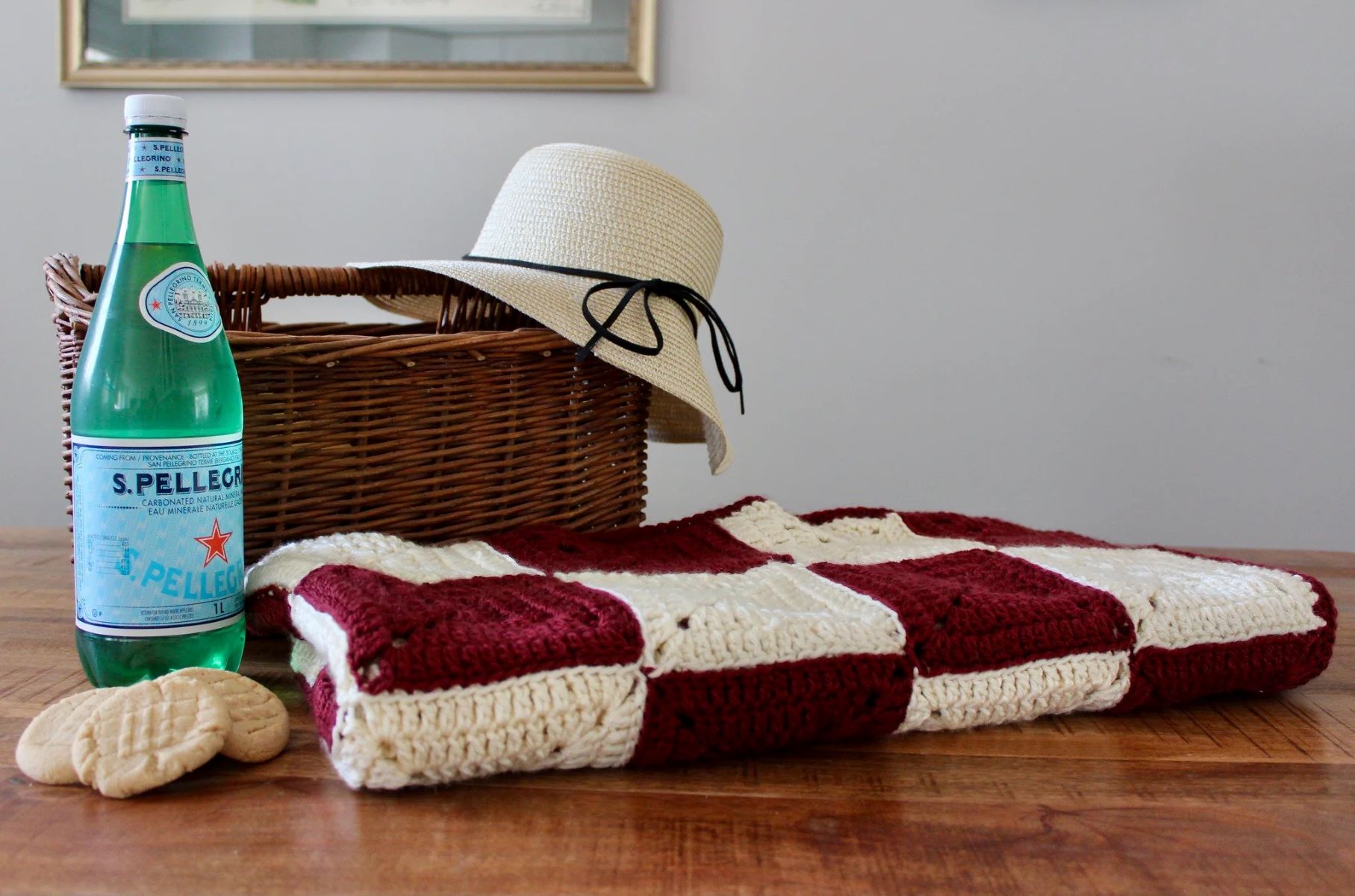
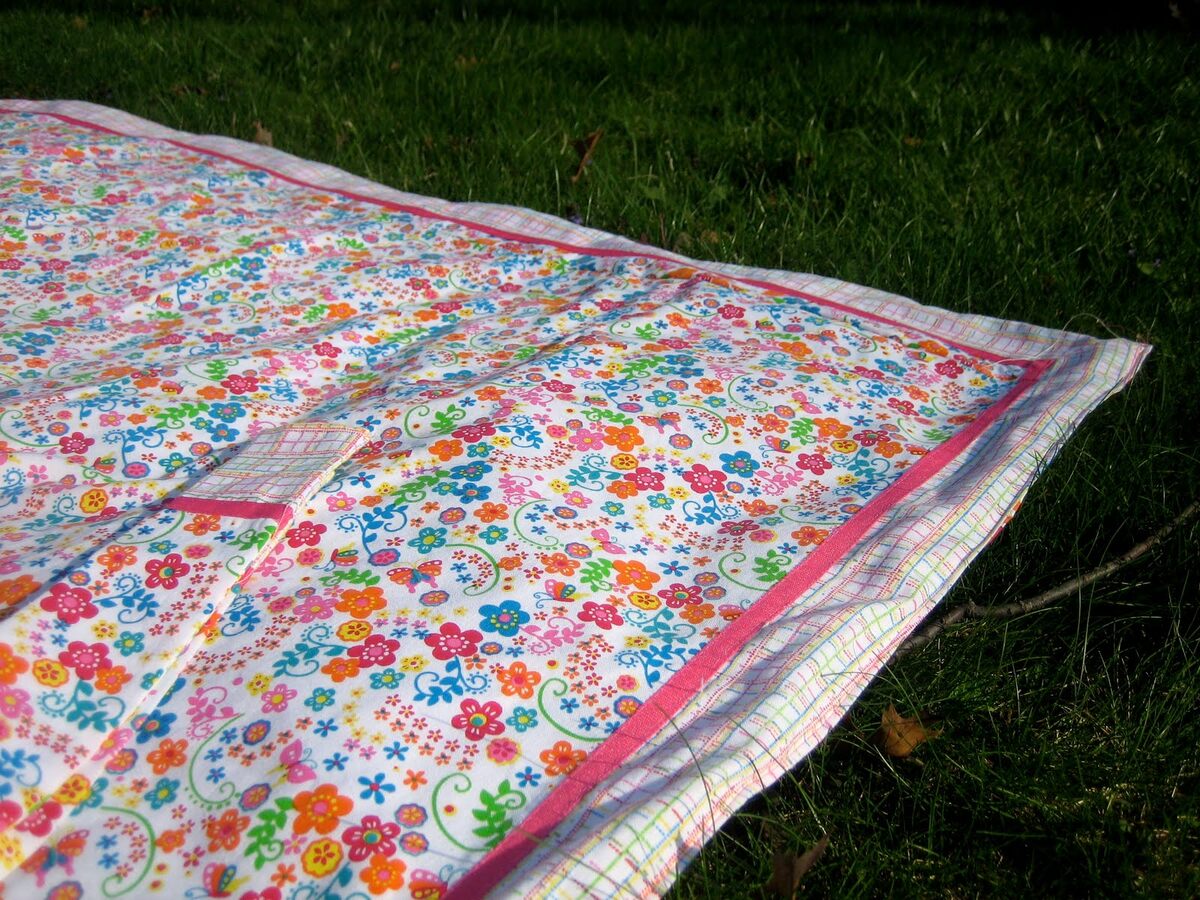
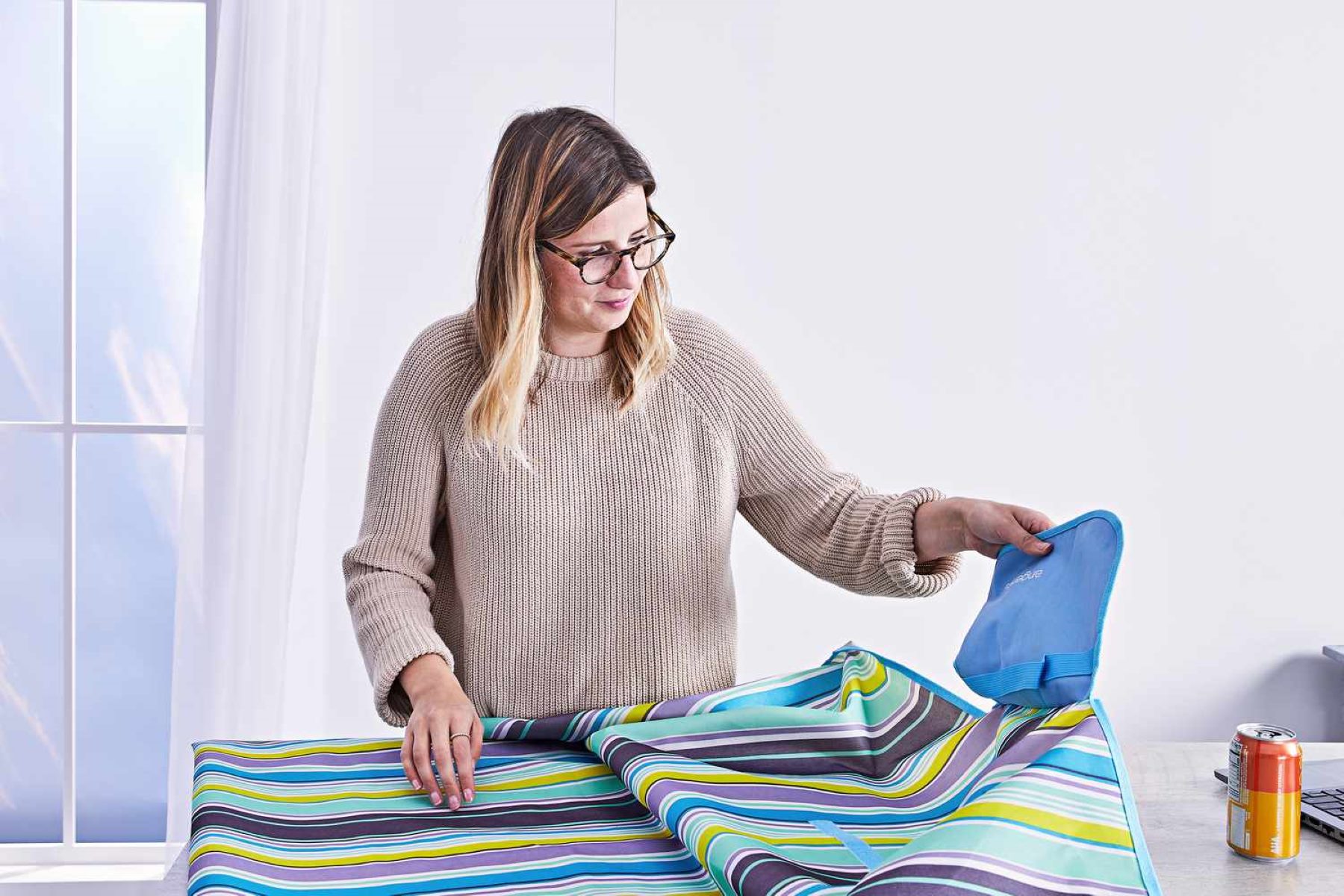
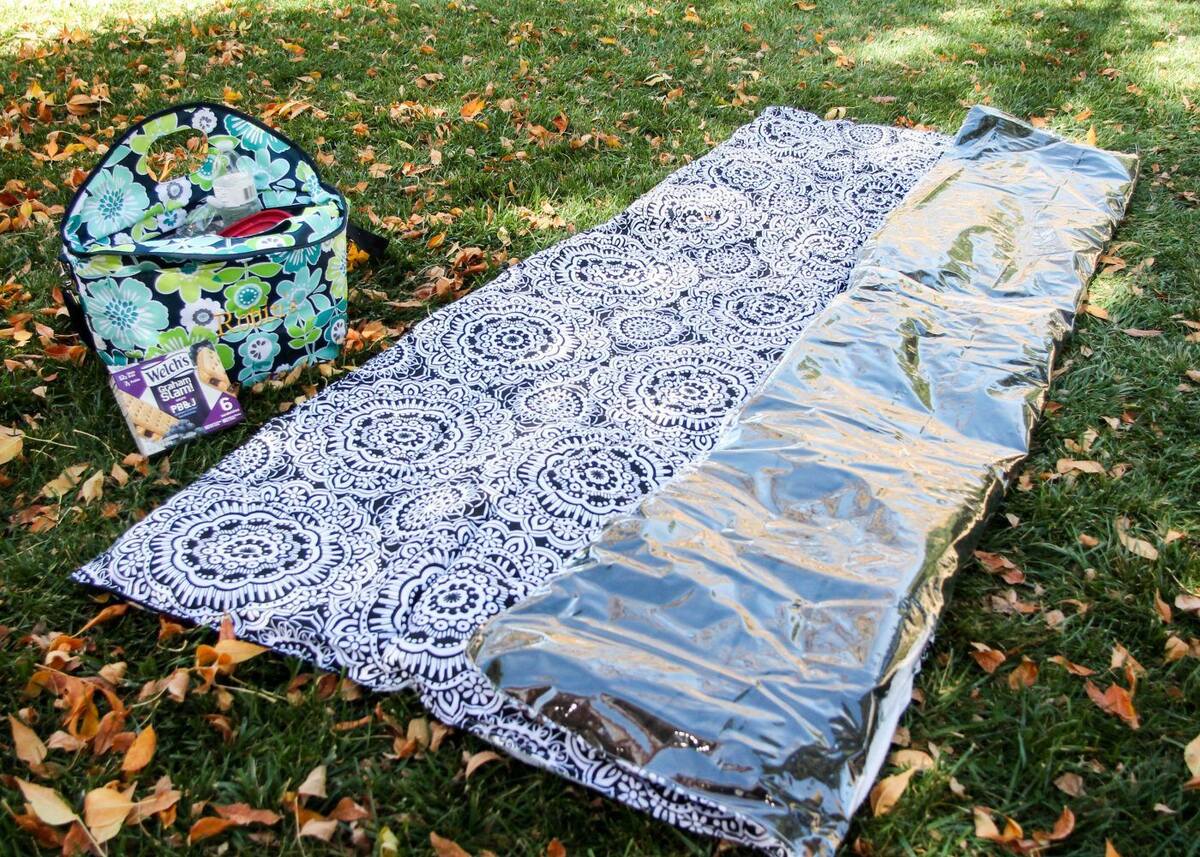
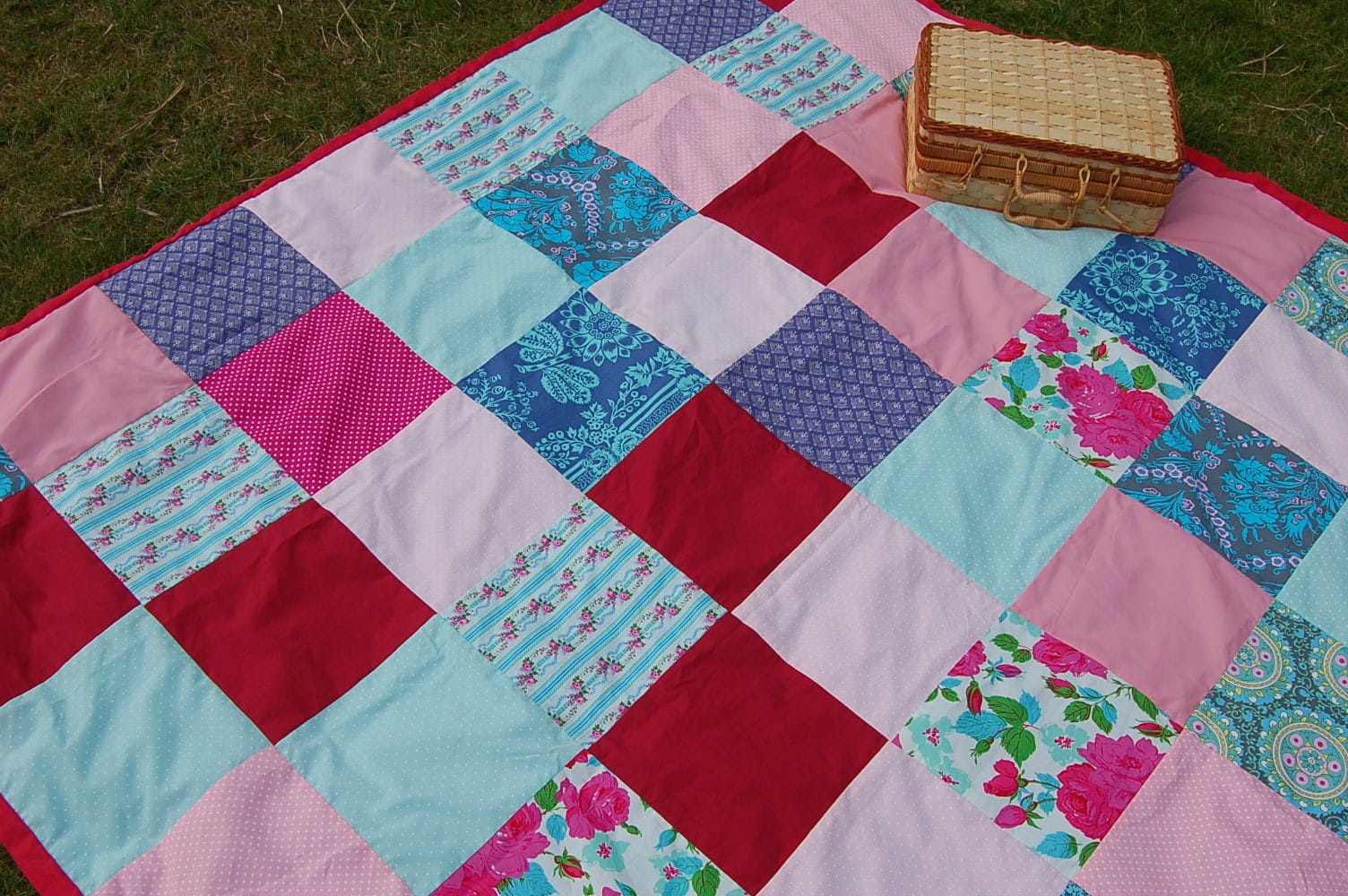
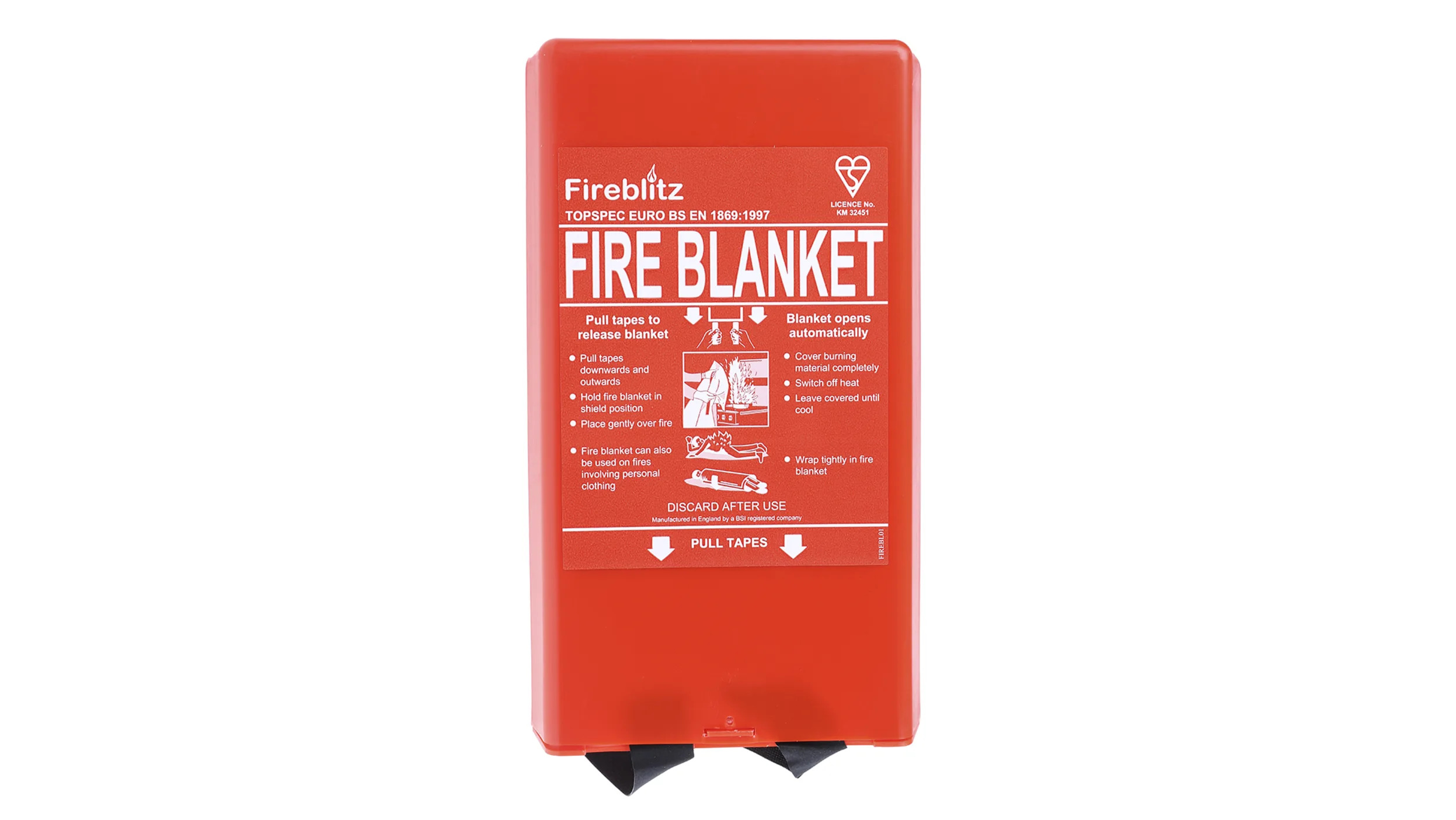
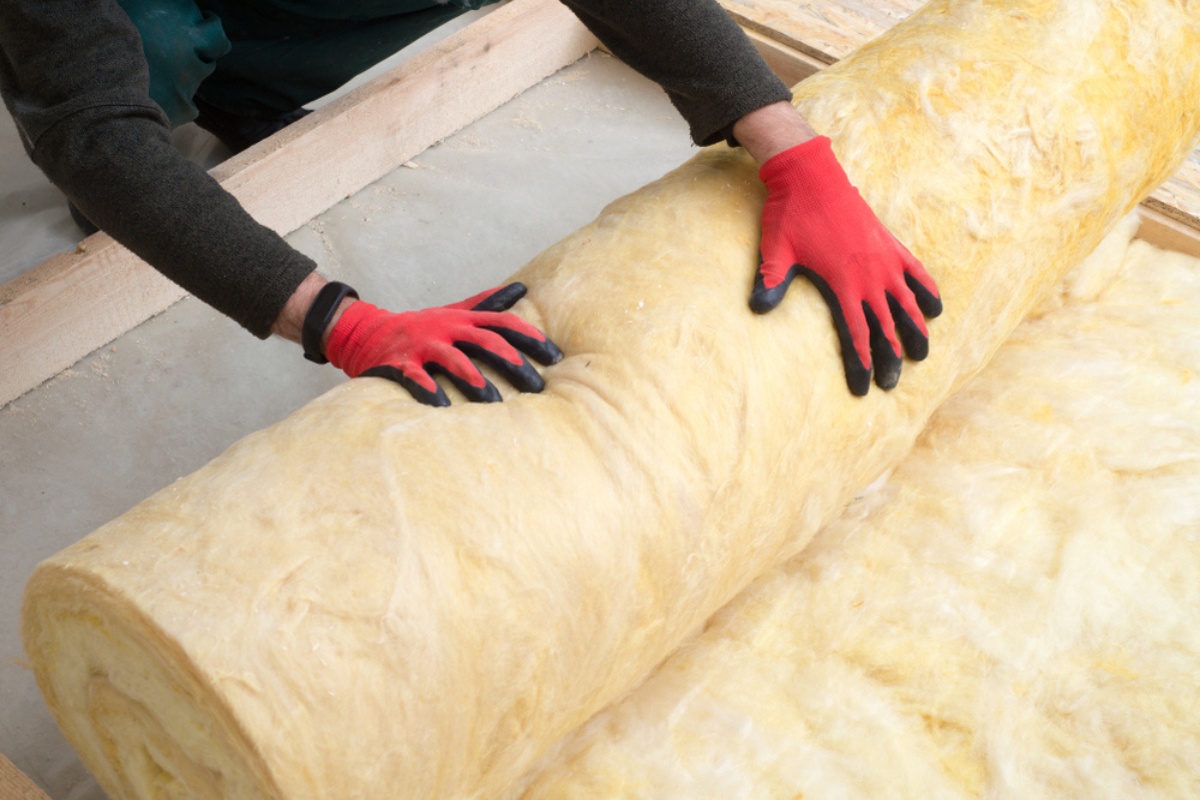
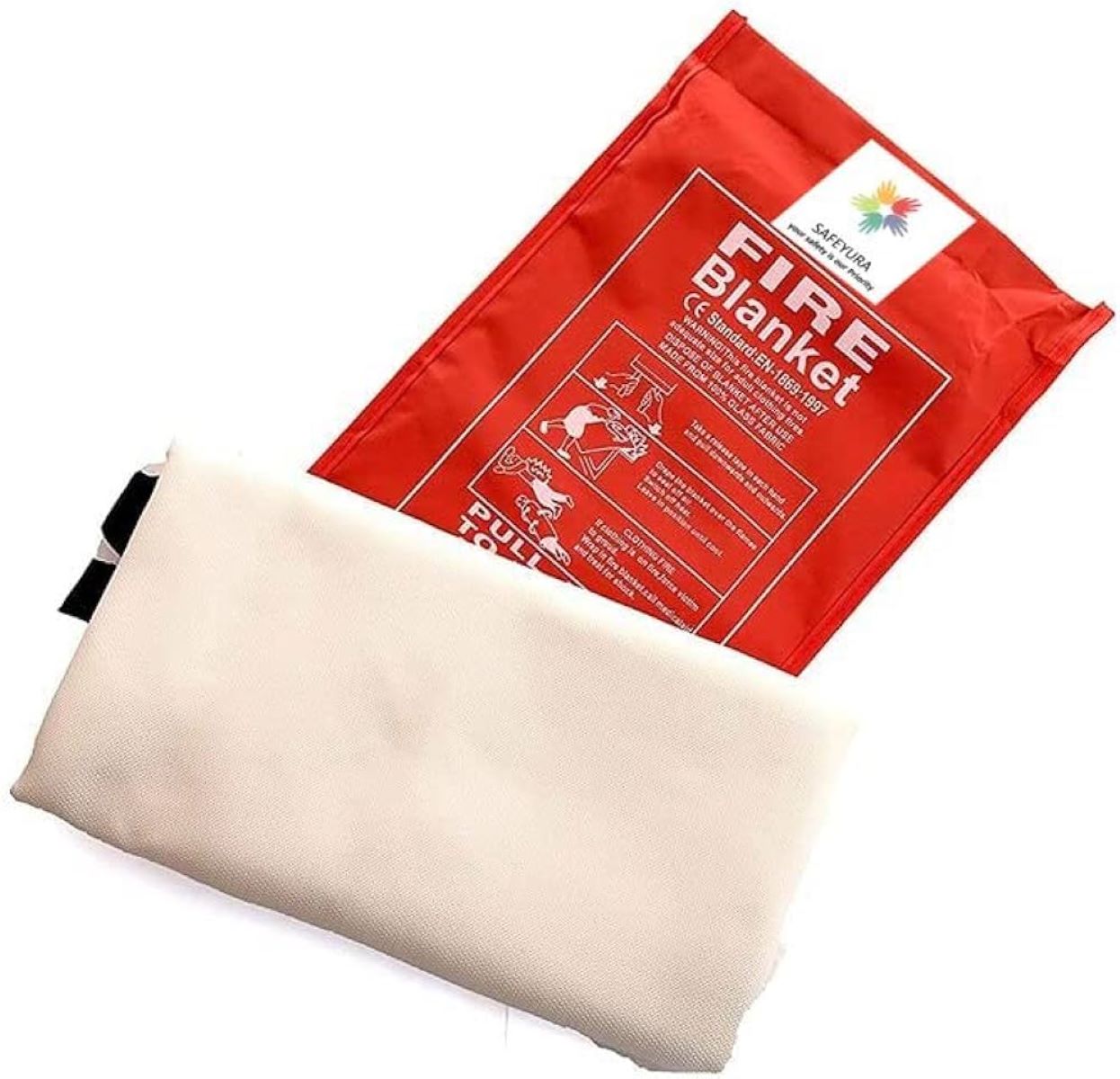
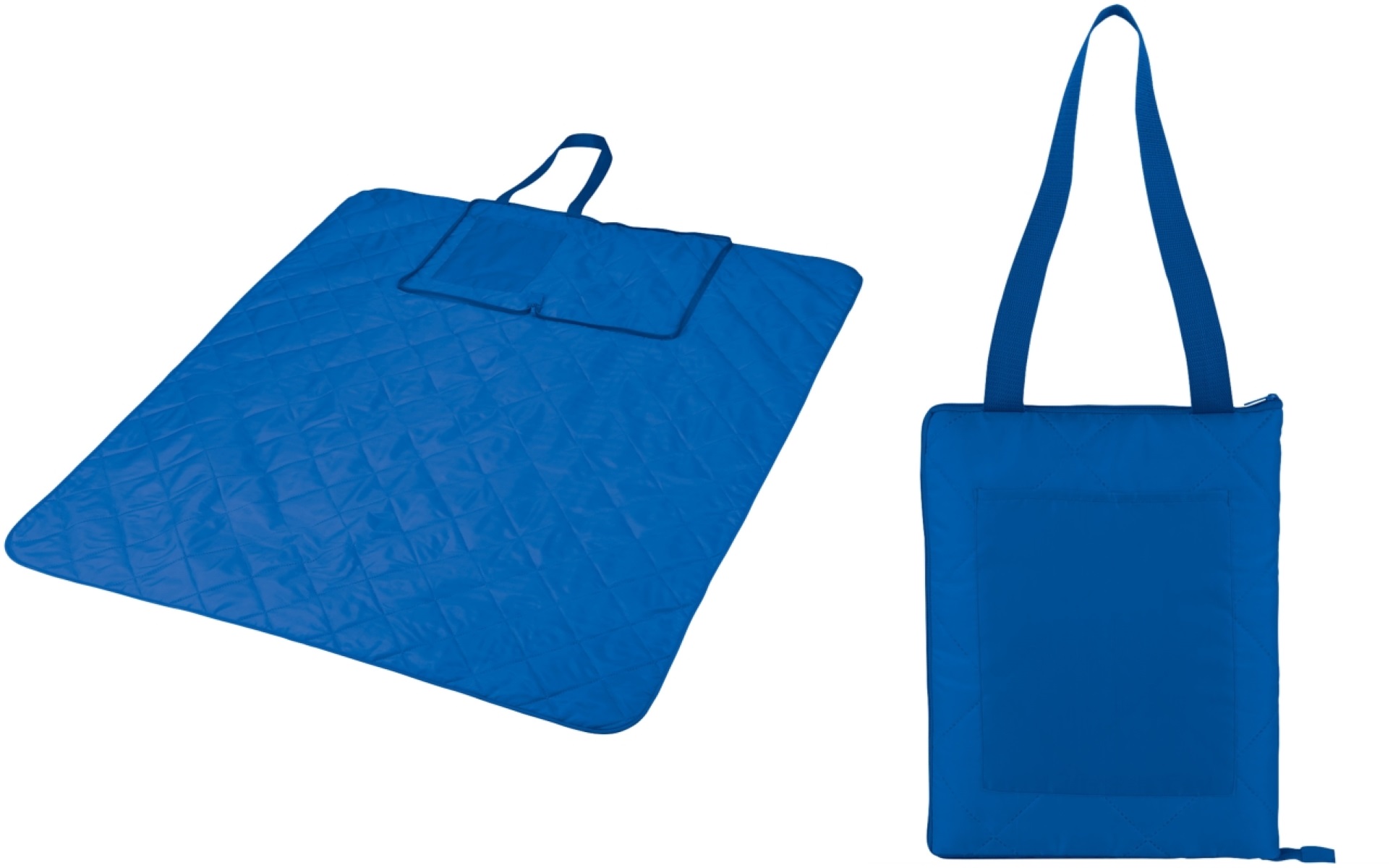
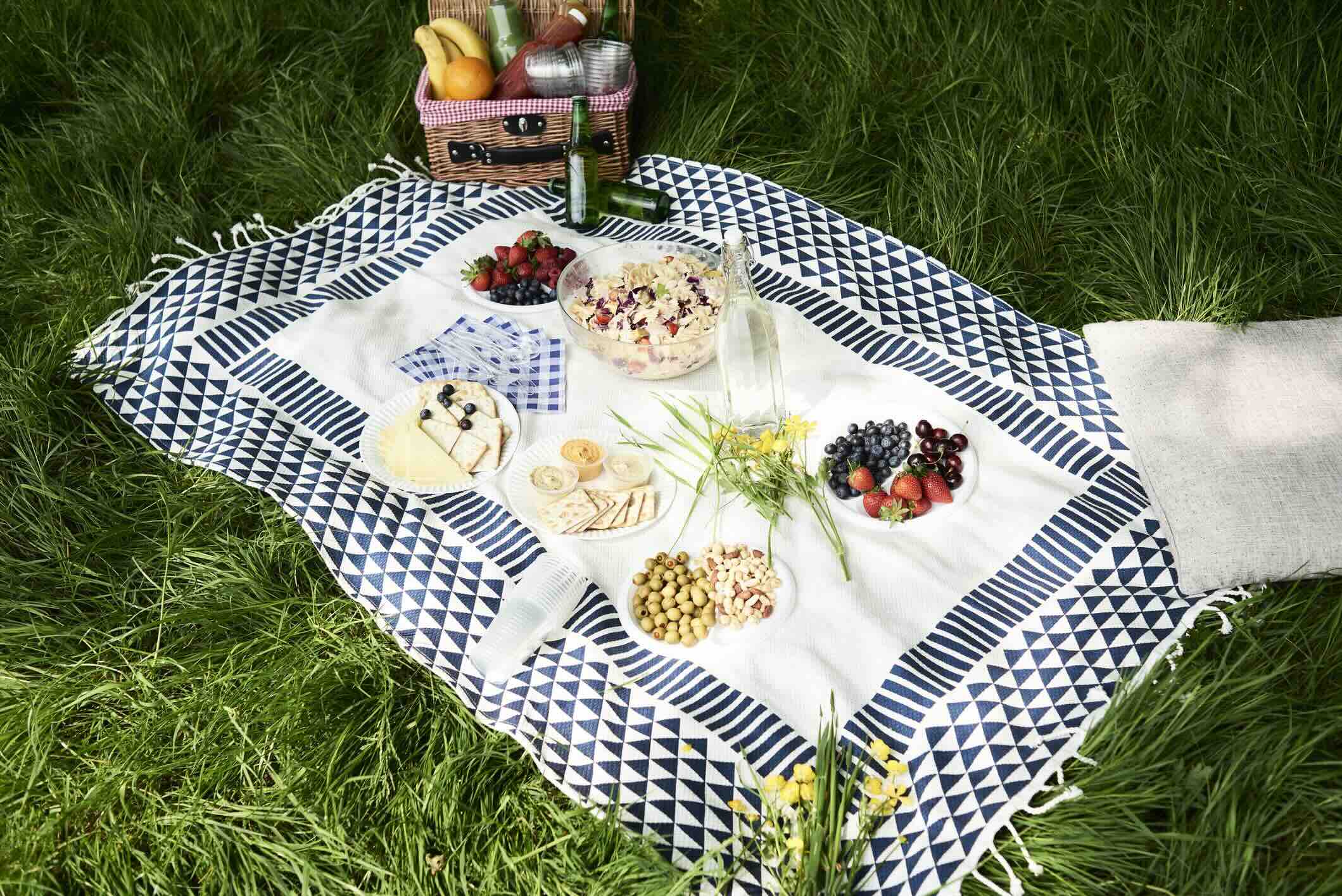
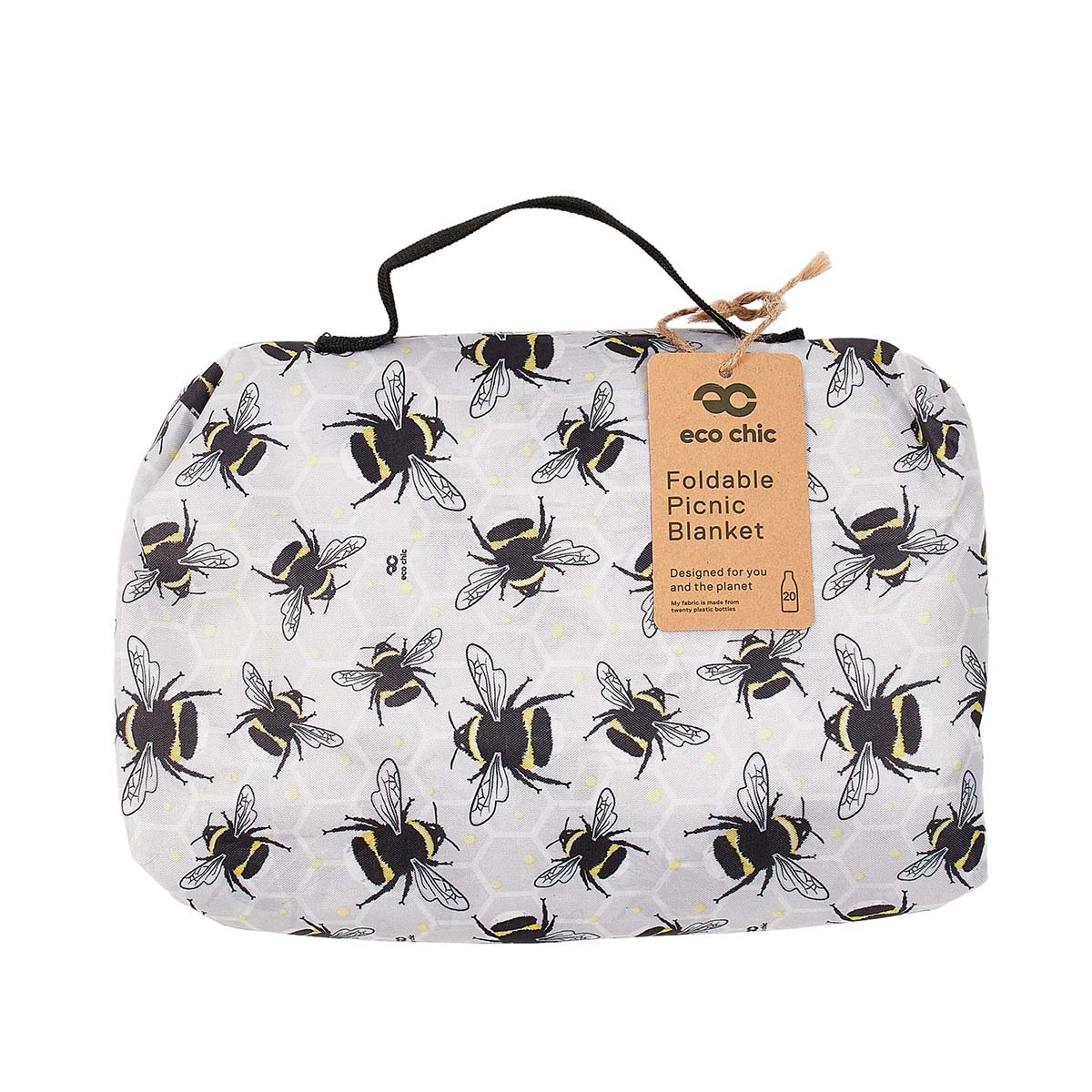
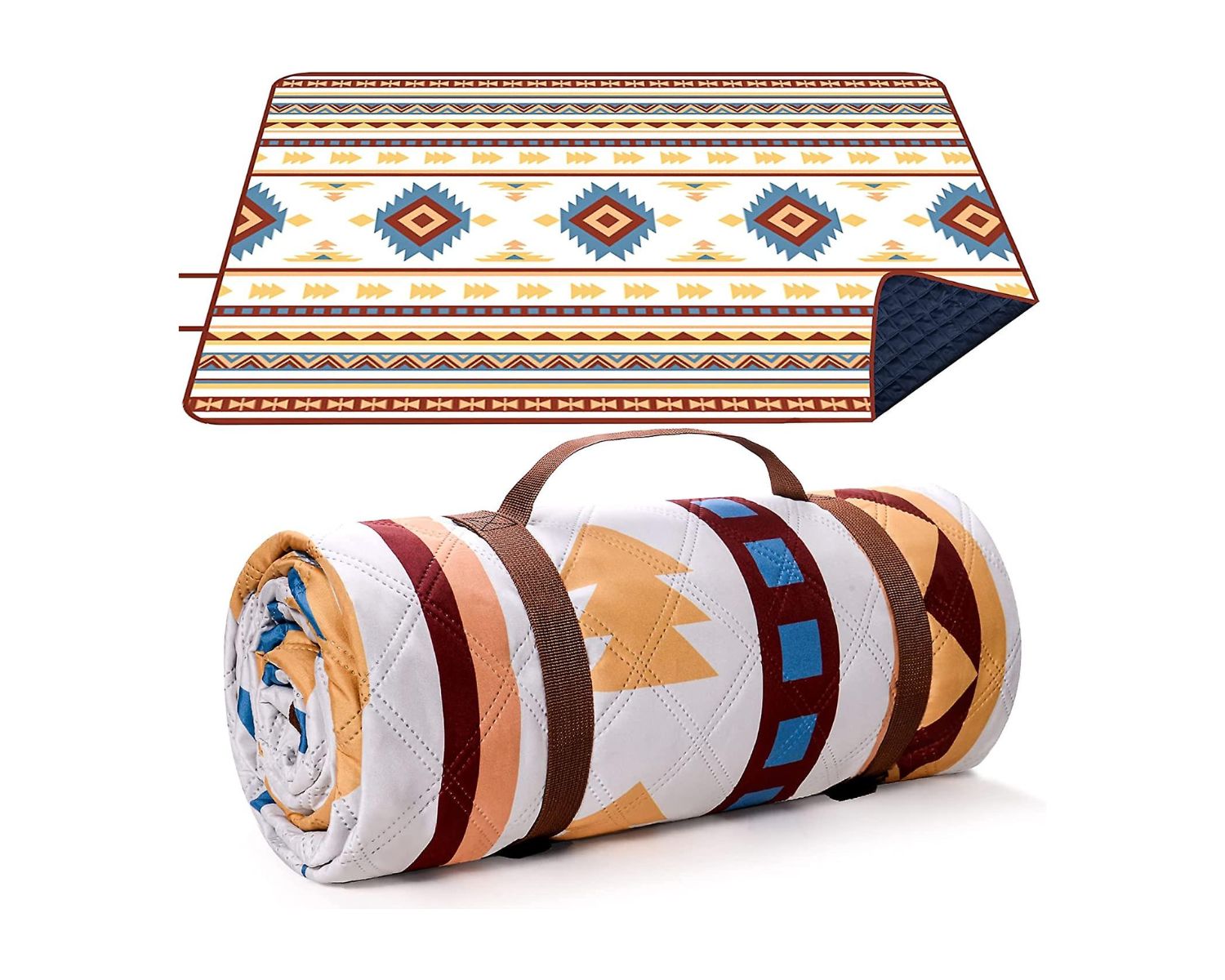
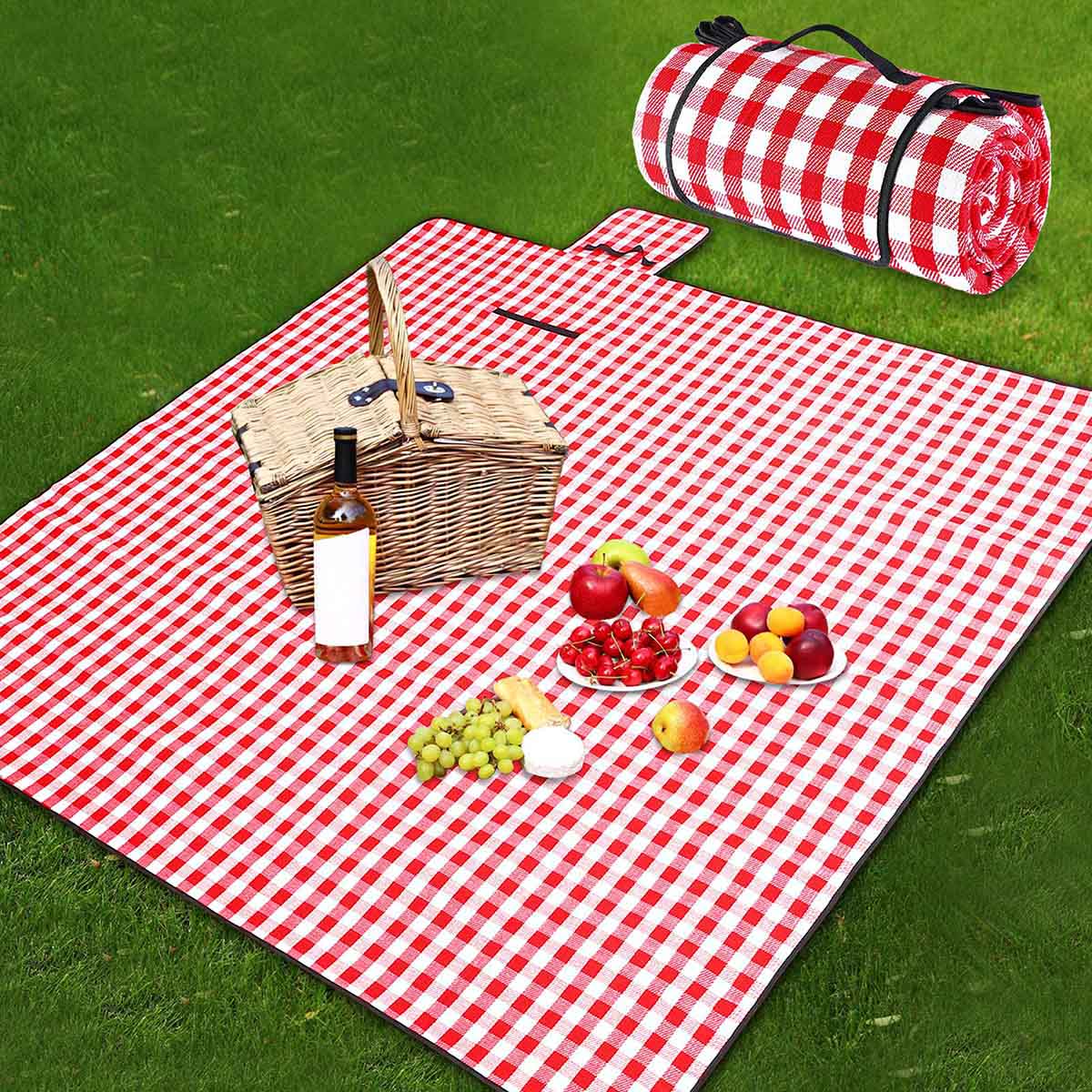
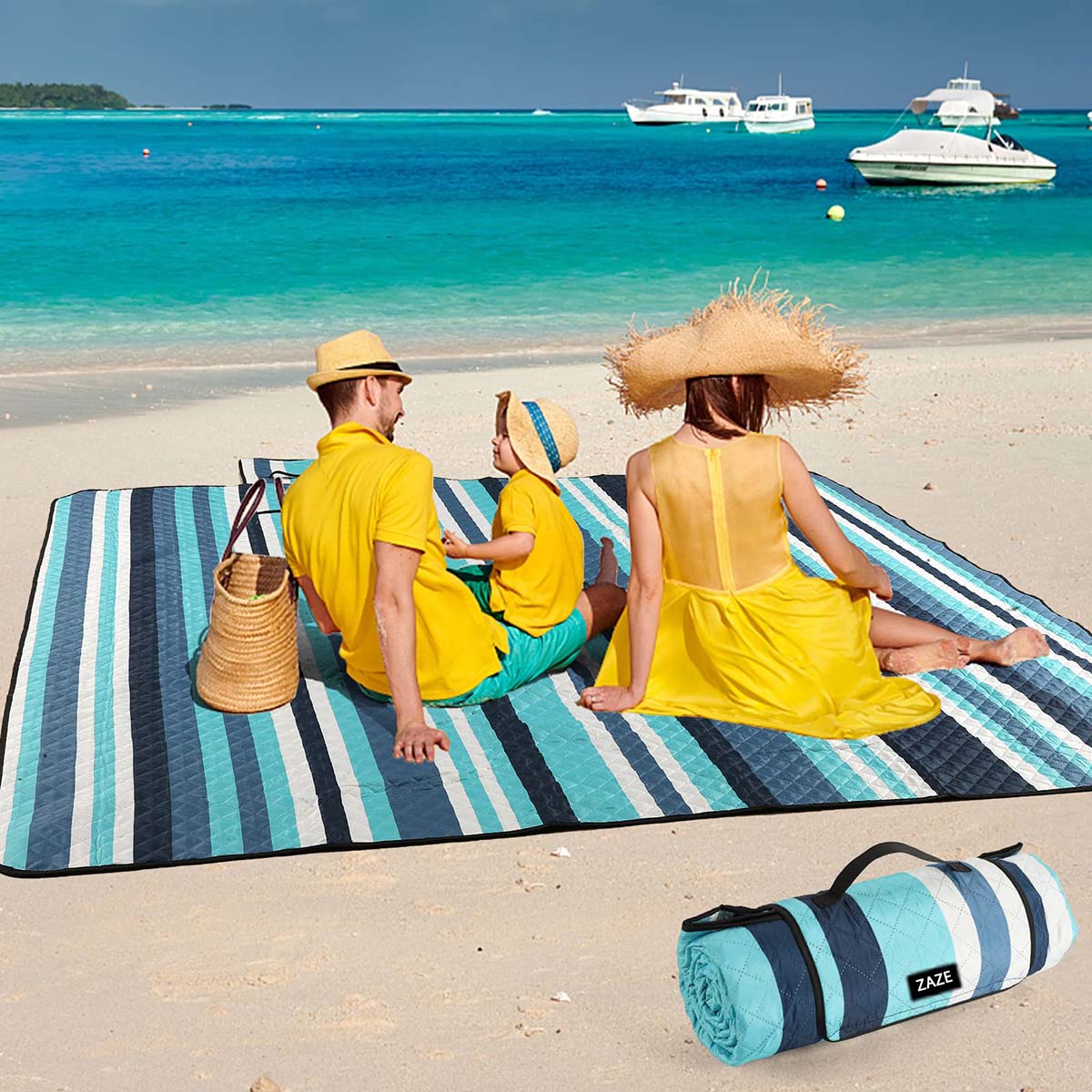

0 thoughts on “What Material To Use For A Picnic Blanket”